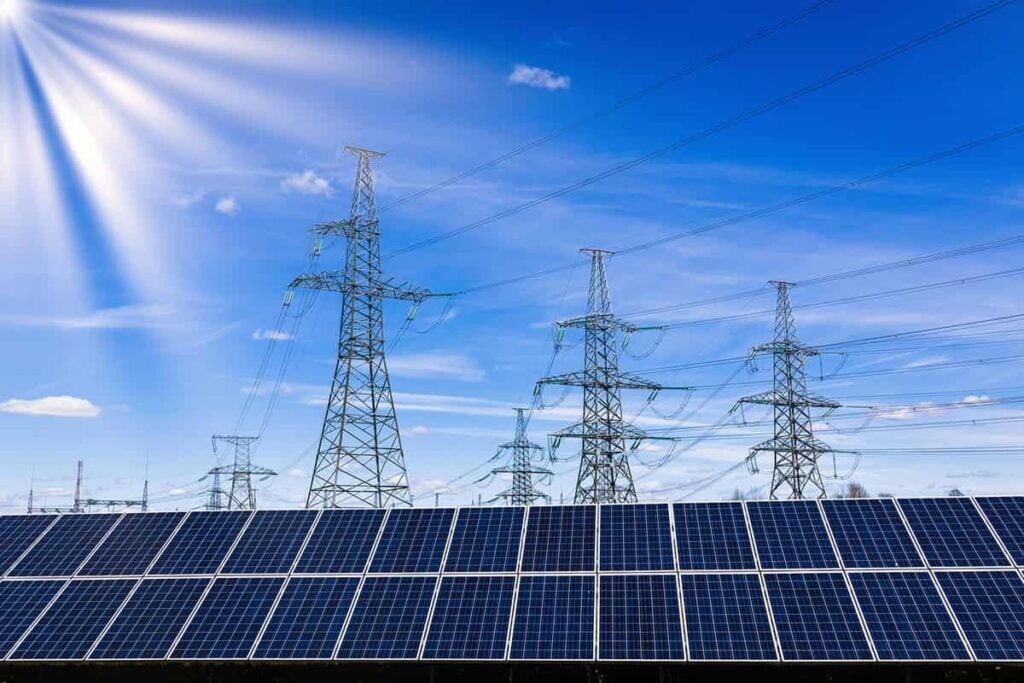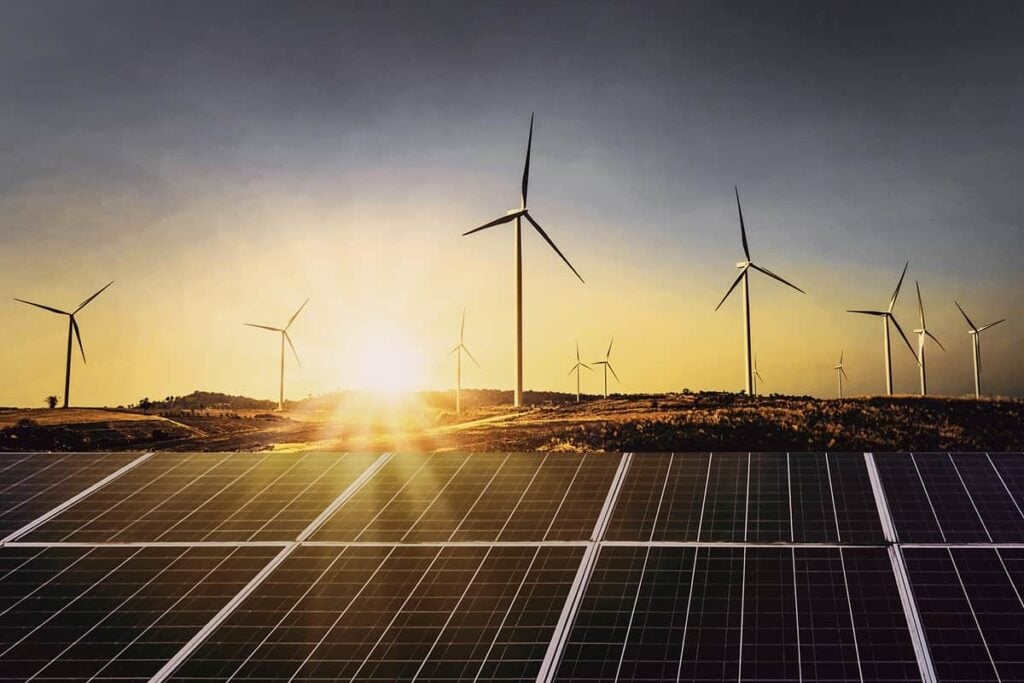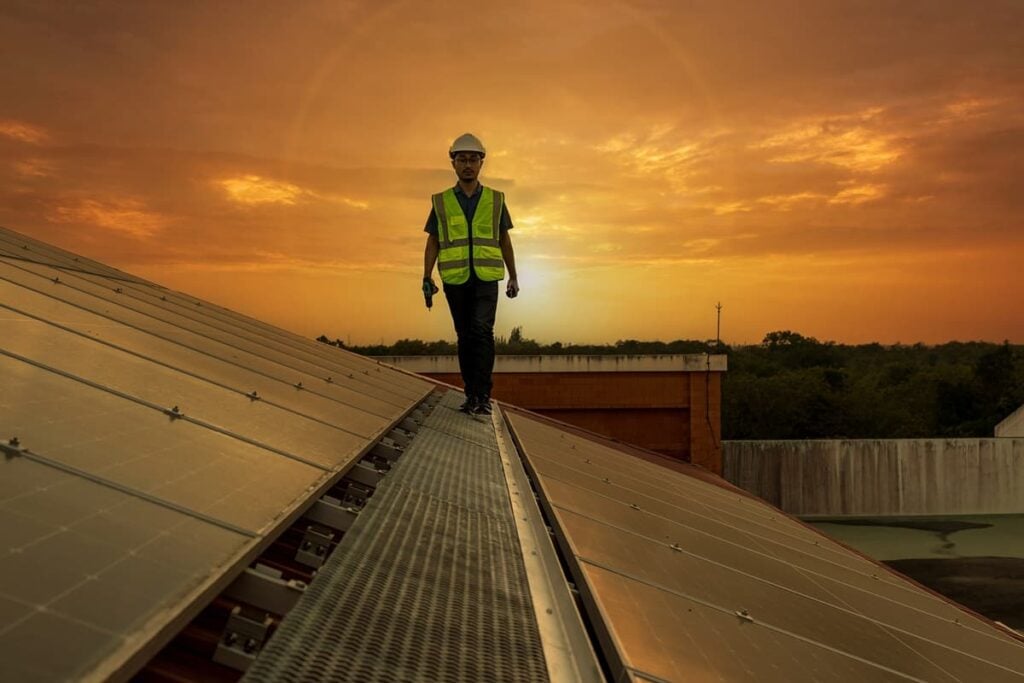Not Much to See at Solarwindow Technologies
Table of contents
Table of contents

In September of 2013, we wrote about a company called New Energy Technologies which claims to be targeting the $4.2 billion potential market for windows that can generate power from the sun. Our findings were anything but promising. What we found was a company with $903 thousand in total assets, 21 patent applications, 4 employees, and no revenues or commercial products. Just last month, New Energies Technology changed their name and along with a new website, started trading under the name Solarwindow Technologies under the ticker (OTCMKTS:WNDW).
About Solarwindow Technologies
Promising articles such as this one by Microcap Daily tout the merits of the Company’s SolarWindow™ coatings that generate electricity on see-through glass and flexible plastics with colored tints popular to skyscraper glass. The problem is that aside from a new website and some newly created social media accounts, nothing really has changed. Not surprisingly, this $51 million market cap company still has zero revenues since they have nothing to sell. In the words of Solarwindow Technologies:
We do not currently have any commercial products and there is no assurance that we will successfully be able to design, develop, manufacture, or sell any commercial products in the future.
While continuing to wait for a product commercial product, investors can take comfort in statements such as this excerpt taken from a March 2015 press release:
As a result of favorable degradation and stability outcomes, the Company will direct resources to accelerate important durability and product-lifecycle testing efforts, effective immediately.
The Company seem to be saying that they because the potential of their technology is so great, they’ve decided to work both smarter and harder effective immediately. Perhaps investors may be more interested in hearing about a plan with some specific target dates and milestones on when commercialization can be realized. The most recent press release announced the University of North Carolina independently calculated a “one-year payback” for the technology with an assuring quote from the university director who led the study:
“SolarWindow™ coatings, when installed on tall towers and skyscrapers, could serve as a much sought-after clean micro-grid energy solution,”
Solar could be the next biggest thing. This technology could be a much sought after solution. I could win the lottery. This seems to be another case of science by press release. In addition to one other press release this year touting that one-year payback time, the company also released 3 more press releases just around the name change here, here, and here. Another notable thing that happened for the Company this year was the “launch of their social media program on both Twitter and Facebook”. Said the CEO about the announcement:
Our social media presence is an important extension of our brand building
So is having a product. While R&D continues, no indication has been given as to when investors can expect to see products or granted patents that would constitute an intellectual property portfolio. While the SolarWindow™ technology is the subject of forty-two (42) patent filings, no patents have yet been granted. Their MotionPower™ technology which harvests “kinetic” or “motion” energy from vehicles is the subject of fifty-nine (59) patent filings with none yet granted. The number of patent applications seems to be growing over time which is good to see, but what resources on hand can be used to create a commercial product?
Conclusion
As of February 28, 2015, Solarwindow Technologies (OTCMKTS:WNDW) had just $346,000 in assets, about half of which was cash. During the 6 months ending February 28, 2015, the Company spent $339,493 on R&D while spending over $1.22 million on costs related to personnel, professional fees, travel and entertainment, public company costs, insurance, and other office-related costs. That’s over $200,000 a month on G&A expenses. In the latest 10-Q filing, Solarwindow references G&A costs as including “fees paid to publicize our development activities and achievements within the industry and investor community” and “patent-related fees”. With no commercial product in sight, let’s hope that publicity is focused more on generating “industry” attention rather than “investor” attention.
Sign up to our newsletter to get more of our great research delivered straight to your inbox!
Nanalyze Weekly includes useful insights written by our team of underpaid MBAs, research on new disruptive technology stocks flying under the radar, and summaries of our recent research. Always 100% free.
















I first heard about this on a home maintenance show on the radio. The show hosts were rather excited about the technology, making it sound like it was available now, but when I visited the SolarWindow.com site, was rather disappointed. In the computer business, it would be called “vaporware” — in other words, no tangible product, just marketing hype. I wouldn’t bet my savings on any product being available or the company even still being in existence three to five years from now.
The company’s claims of a 50-fold improvement in efficiency sound suspicious. Even cheap solar cell technologies today can capture 3-5% of sunlight, or more. A 50-fold improvement on 3% would be 150% capture, which is physically impossible.
Thank you for the comment Gunnar. Unfortunately vaporware is all too common in OTC companies.
The issue with the 50-fold is first of all the reference. Its not described anywhere.
Secondly transparent means that hardly any photons are converted into electricity. It means light passes through unhindered. This leaves the IR and UV part of the solar spectrum to be captured. As glass blocks UV the window should be quartz which is extremely expensive, so ruled out, This leaves IR light. IR carries 50% of the sun’s energy. As the light is very very broad band only a small fraction can be captured, a few percent. So 50 fold is simply impossible.
For reference. Silicon based solar cell can indeed do convert light to electricity and hence they are black as light is taken away, The regular blueish shine solar cells are optimized for the red and IR. So they can capture about 20% of the available energy. The much more expensive triple layer solar cells (to capture the full visible spectrum and a small part of the IR0 can reach 50% efficiency in the lab. These are true black in appearance.
So for the transparent solar cells as shown in the images0 might be 2 – 7 % and the glass would already look greyish, Yet as conversion polymers are used there will also be additional resistive losses and light scattering causing the glass to become hazy together reducing the efficiency even more to say 2 – 5%. Such polymer solar cells are already out there and still relatively expensive such as PEERplus..Other polymer organic solar cells having high efficiency are also greyish-black in appearance and are already out there too for quite some time. The best come with 7-10% efficiency.
In brief, I have little faith in the technology and efficiency claimed.
Thank you very much for all your additional insight!